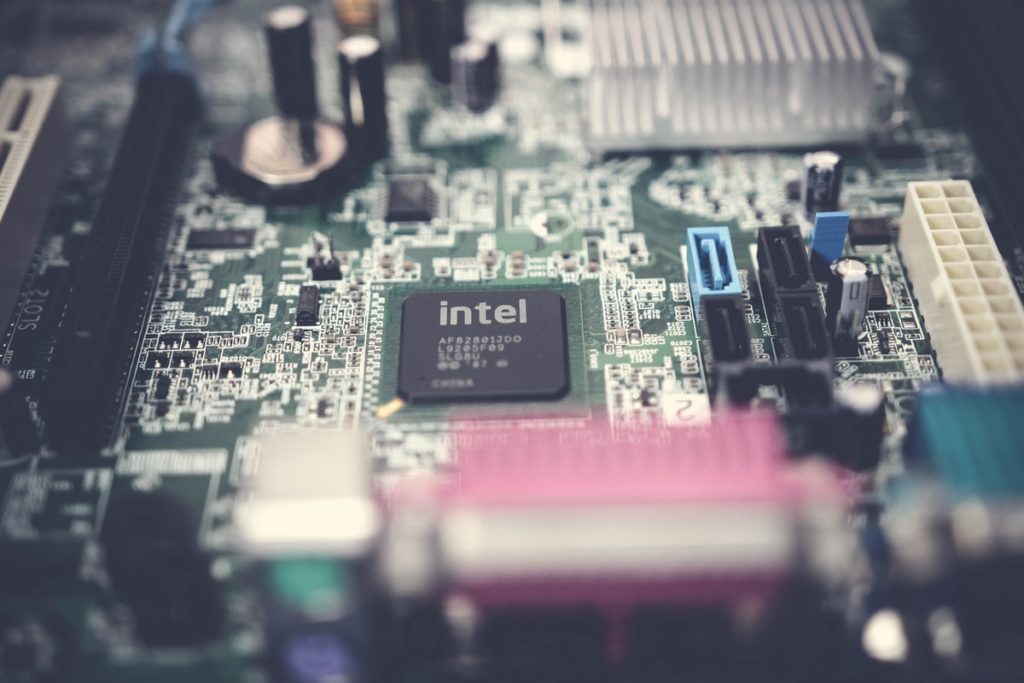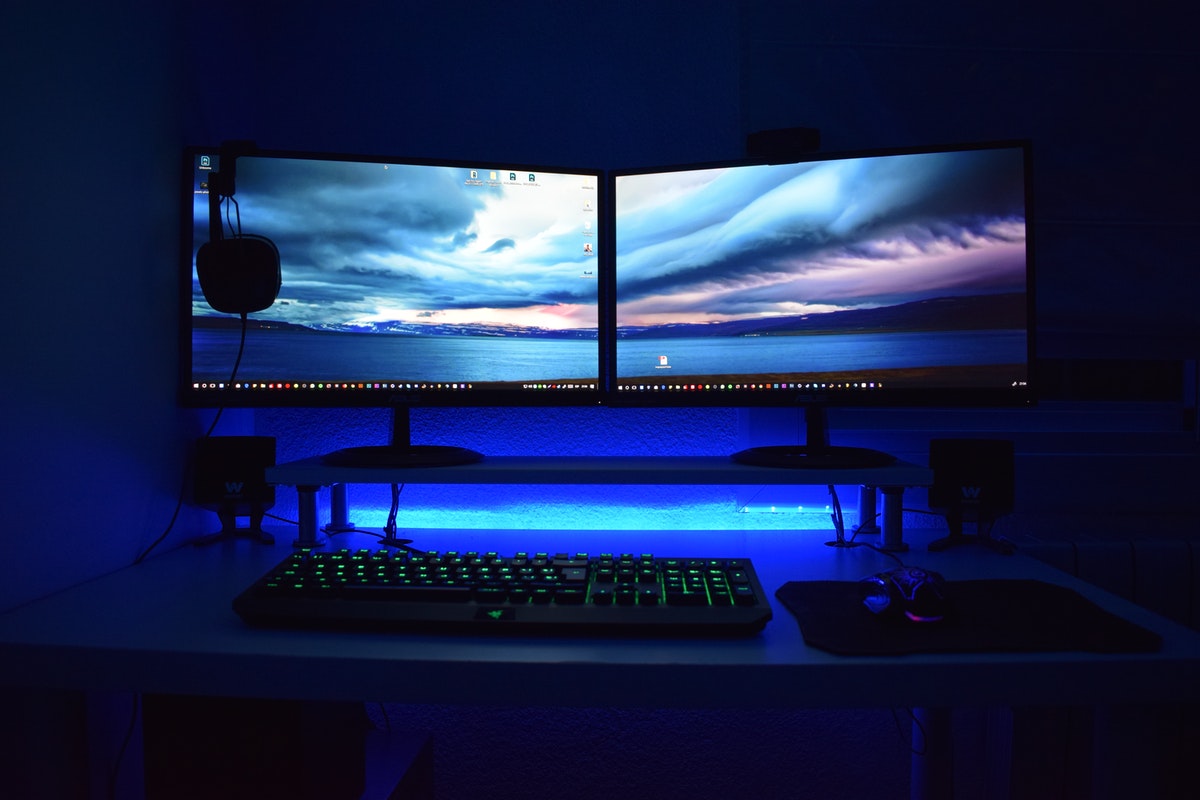Building your own PC can be a very rewarding experience. Not only do you get to choose all the parts that go into your machine, but you also get to put it all together and see it come to life. Of course, building your own PC also comes with its share of challenges.
However, if you’re reading this article prior to taking on the challenge of building your own PC, then it can be assumed that you’re no stranger to the tech world and building machines. Therefore, you must be fit for the challenge. In this article, we’ll walk you through everything you need to know in order to build your own PC.
What Kind Of PC Do You Want To Build?
Building your own PC can be expensive and daunting, but if you can build furniture from IKEA, with the right guidance, you can build your own PC too.
First, you need to decide what type of PC you want to build. Are you looking for a powerful gaming rig? A quiet home theater PC? Or something in between? Once you know what kind of performance you need, you can start picking out components.
The Processor
The processor is the heart of any computer, so it’s important to choose one that will give you the power you need. For most people, an Intel Core i5 or AMD Ryzen 5 CPU will be more than enough. If you’re looking to do some serious gaming or video editing, though, you’ll want something more powerful, like an Intel Core i7 or AMD Ryzen 7 and a powerful gaming motherboard to get the most out of it.
If all of this isn’t making much sense to you and you need some further guidance, it’s wise to do some extensive research into the best processors there are and the pros and cons of each. As the processor is the brain of your PC, you want to obtain the most accurate one for the type of PC you’re building. For example, a powerful gaming rig will require a relatively strong processor compared to a quiet home theater PC.
Computer Drive
The drive component is the part of the computer that stores and retrieves data. This could be a hard drive, an optical drive, or a flash drive. The drive allows the computer to access information quickly and efficiently. Without a drive, the computer would have to access data slowly and inefficiently. When it comes to choosing a drive for your computer, it’s important to do your research and pick wisely. For example, there are many different drives available now compared to just ten years ago. HDD and SDD are two types of drives.

The difference between an HDD and an SDD card is that an HDD holds more data and is cheaper, while an SDD card is faster. There are also different sizes and speeds of drives. A drive’s capacity is important if you plan on storing a lot of data on it. And the drive’s speed will be important if you plan on using it for high-performance tasks.
If you’re interested in getting an HDD or SDD drive but aren’t sure which one to go for, do your research beforehand. There are more disadvantages of SDD drives than HDD. But again, you need to go with what’s best for you and your PC. With so many different options available, it’s important to pick the right drive for your needs.
Graphics
The next decision is what kind of graphics card you need. Computer graphics are visual representations of data or information that can be displayed on a monitor or other display device. Graphics can be static, such as simple drawings or images, or dynamic, such as animations or videos.
For most people, a mid-range card like the Nvidia GTX 1060 or AMD RX 580 will be enough. But if you’re looking to play the latest games at 4K resolutions or do some serious video editing, you’ll need a high-end card like the Nvidia GTX 1080 Ti or AMD Radeon VII.
The Next Steps
Once you’ve decided on your type of PC, a processor, drive, and graphics card, the rest of the components will fall into place. Just make sure to get compatible parts and build your PC according to the instructions, and you’ll end up with a great machine that will serve you well for years to come.
Enjoy Your Machine!
Despite the challenges that come with making a PC, it is still a rewarding experience. By following the above steps, doing your own research, and taking the time to carefully select each component ensuring that they all work together, you can create a powerful and efficient machine that will serve you well for years to come. With a little patience and perseverance, anyone can be a successful PC builder! Good luck, and enjoy building your machine!
